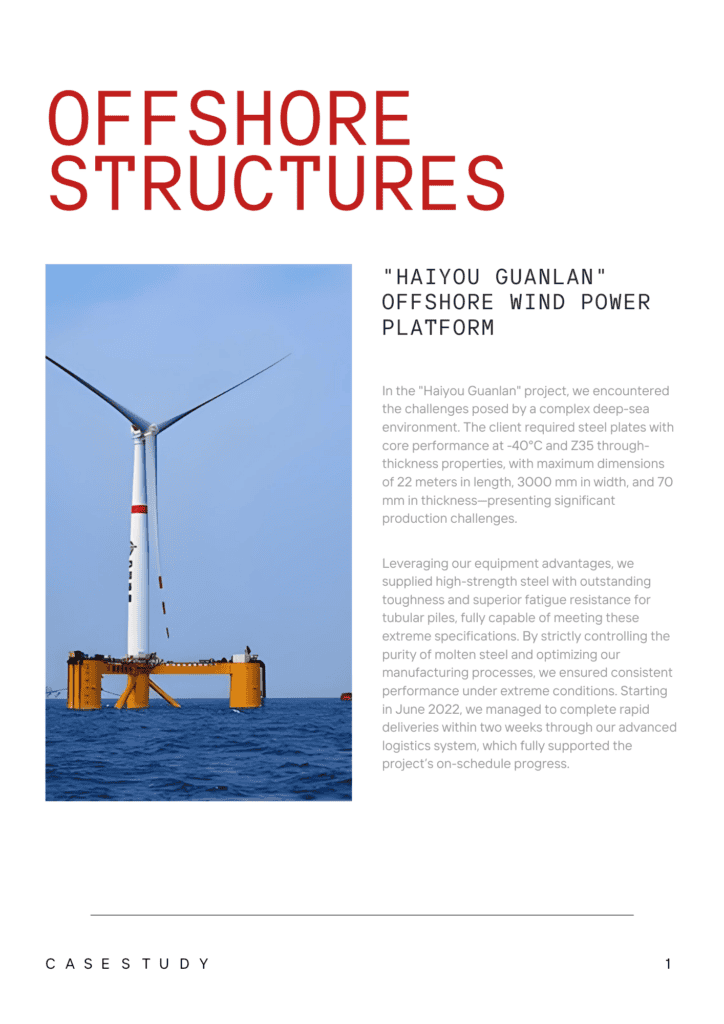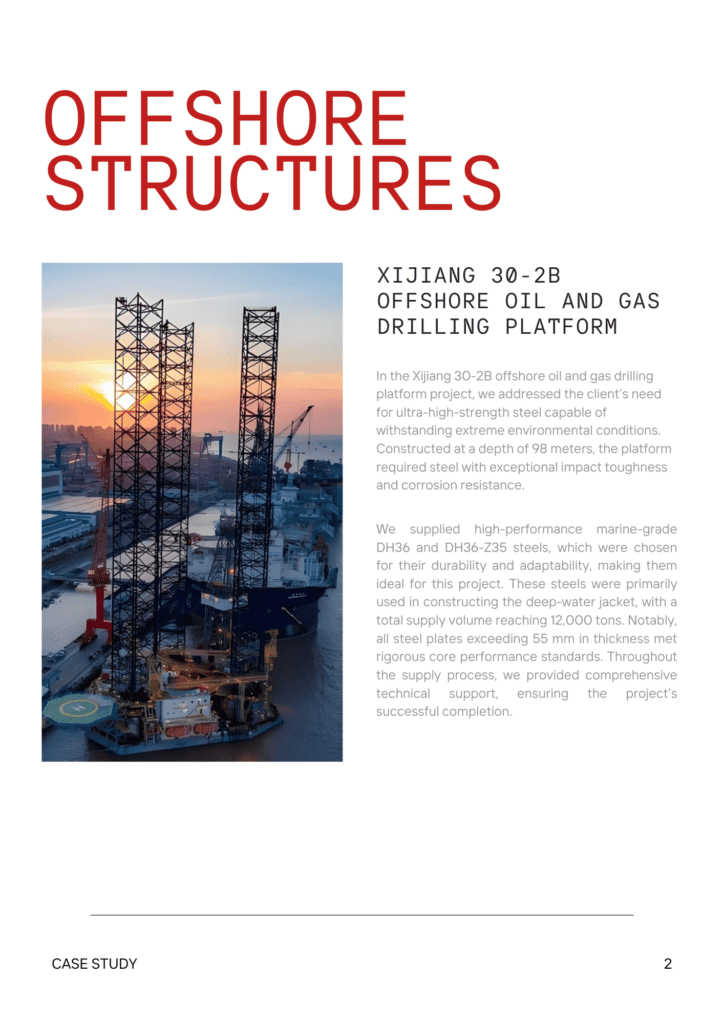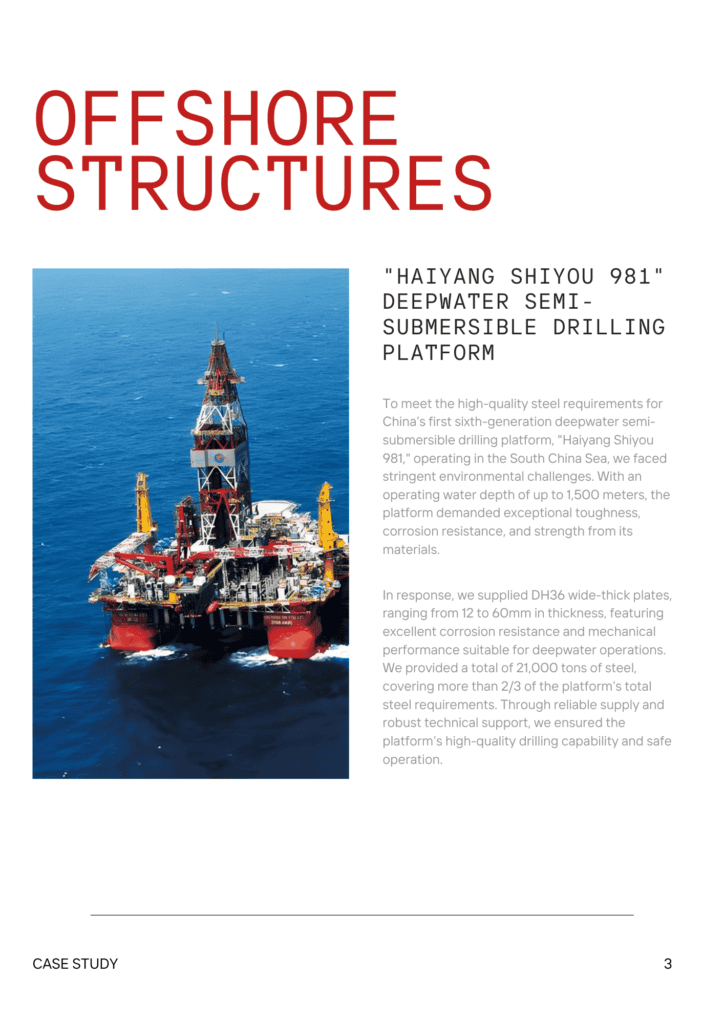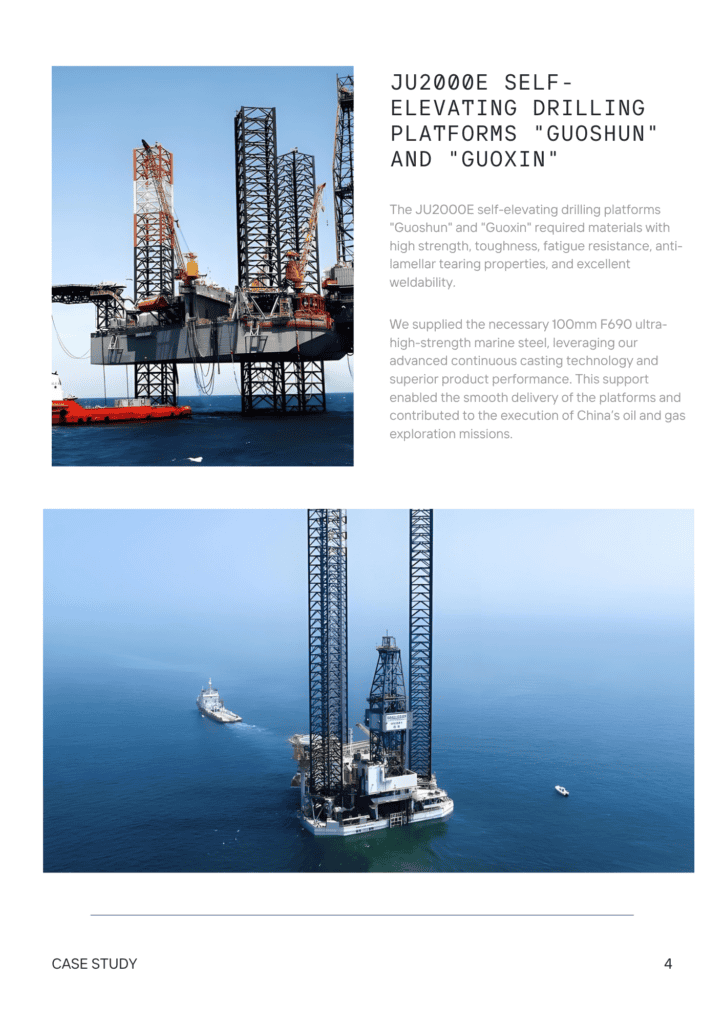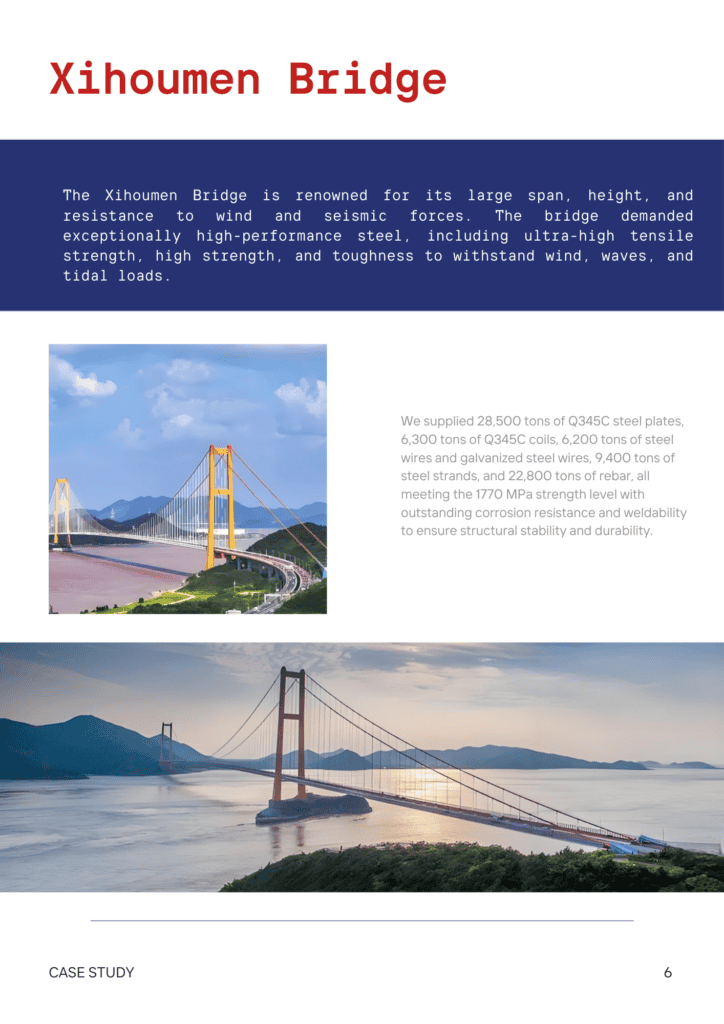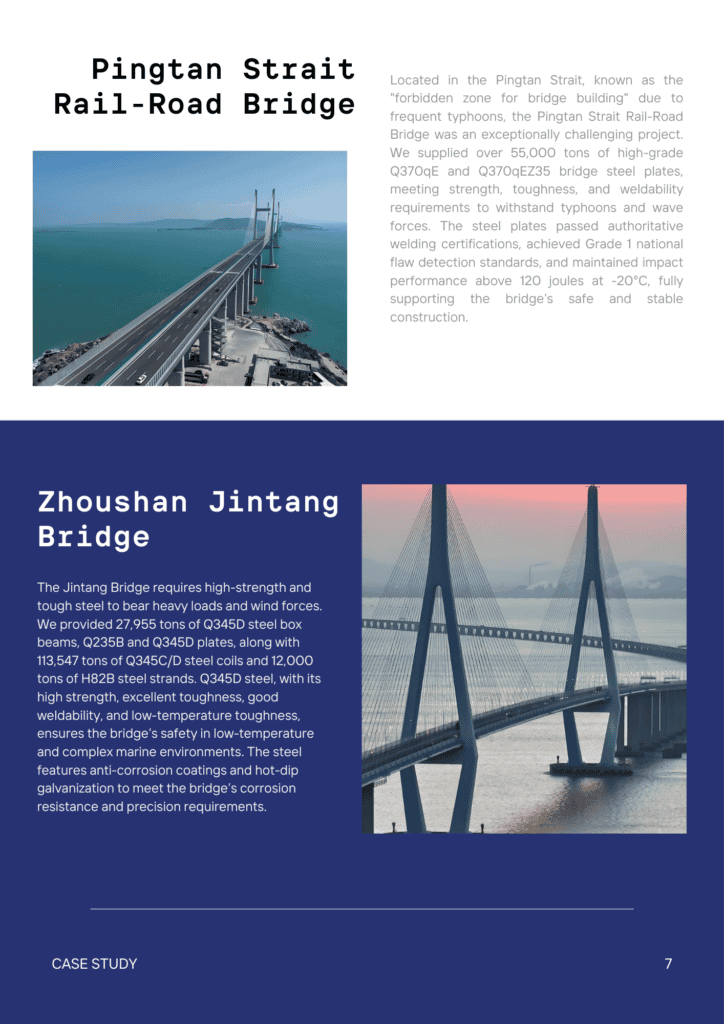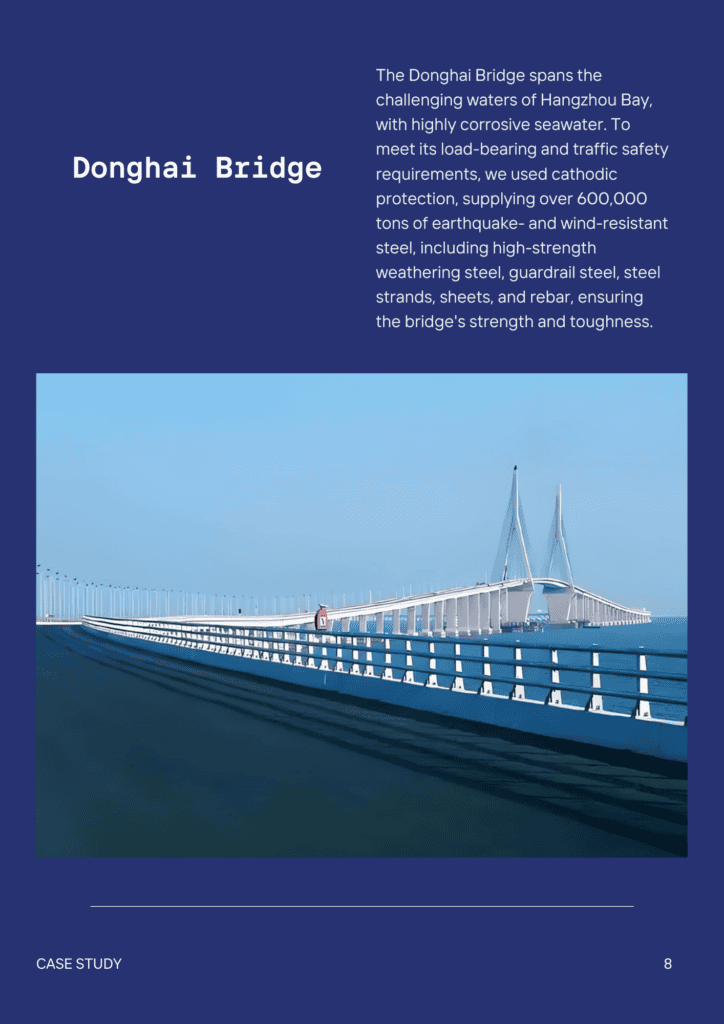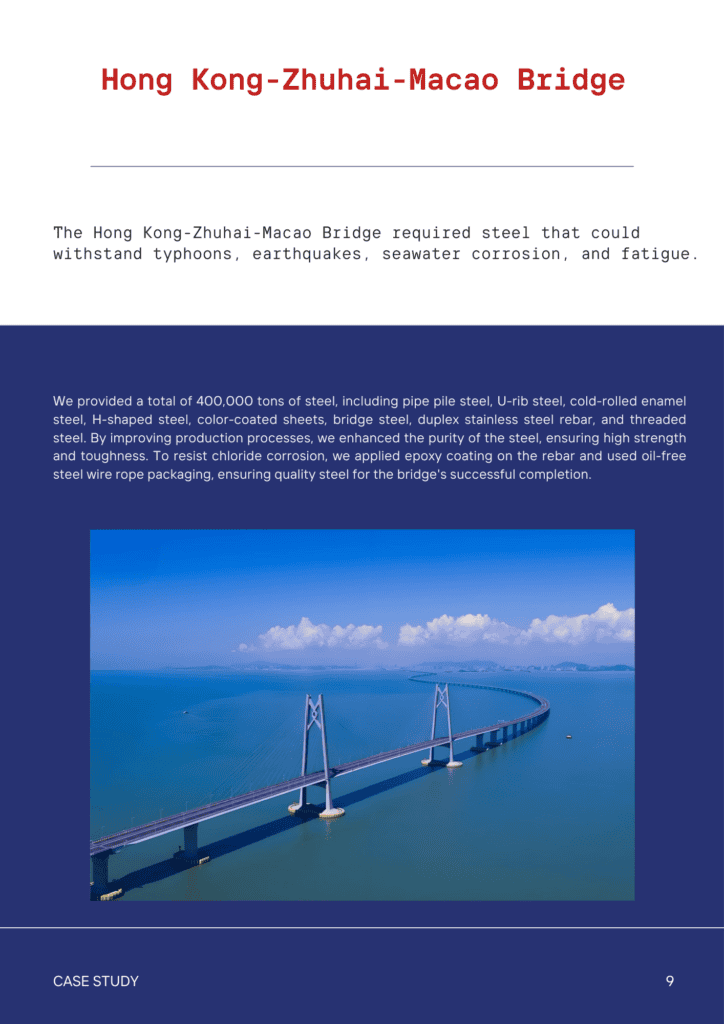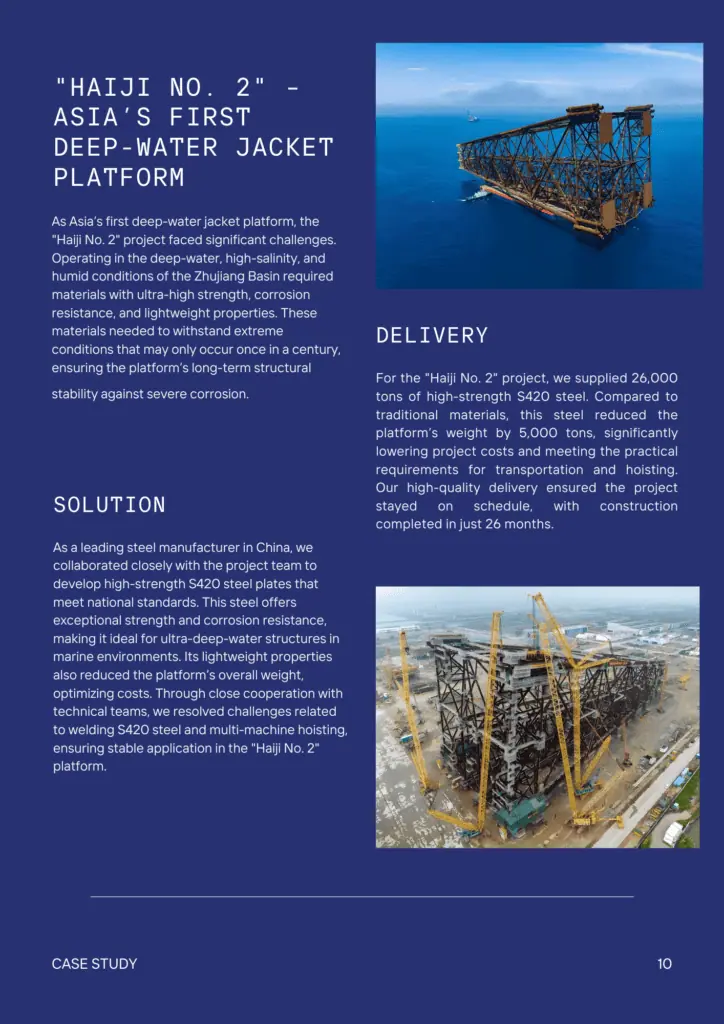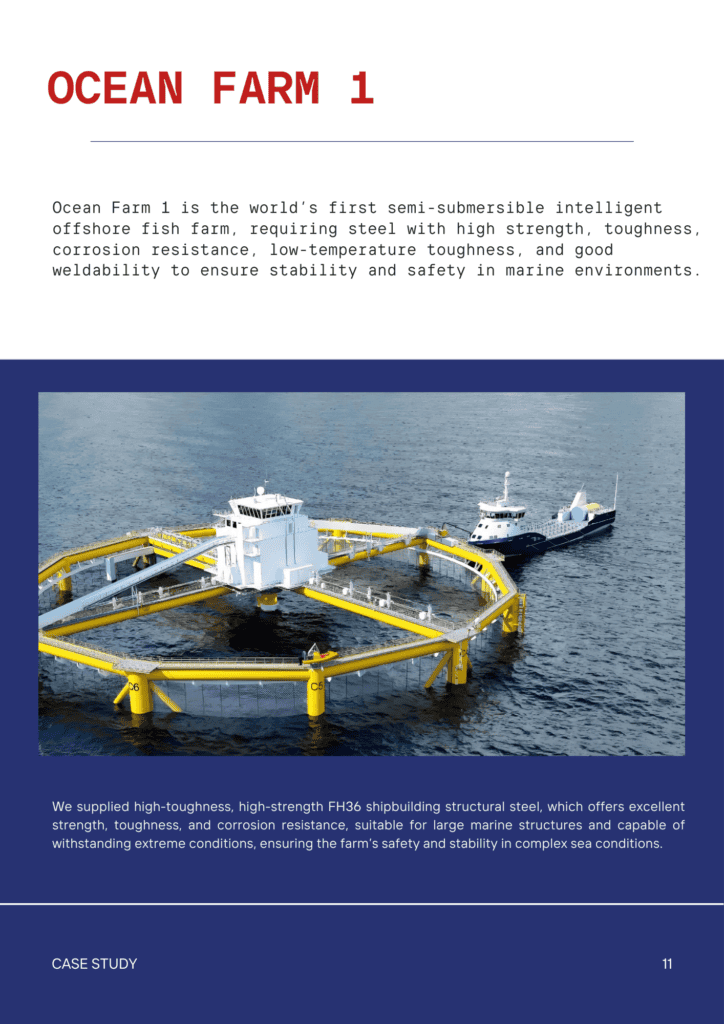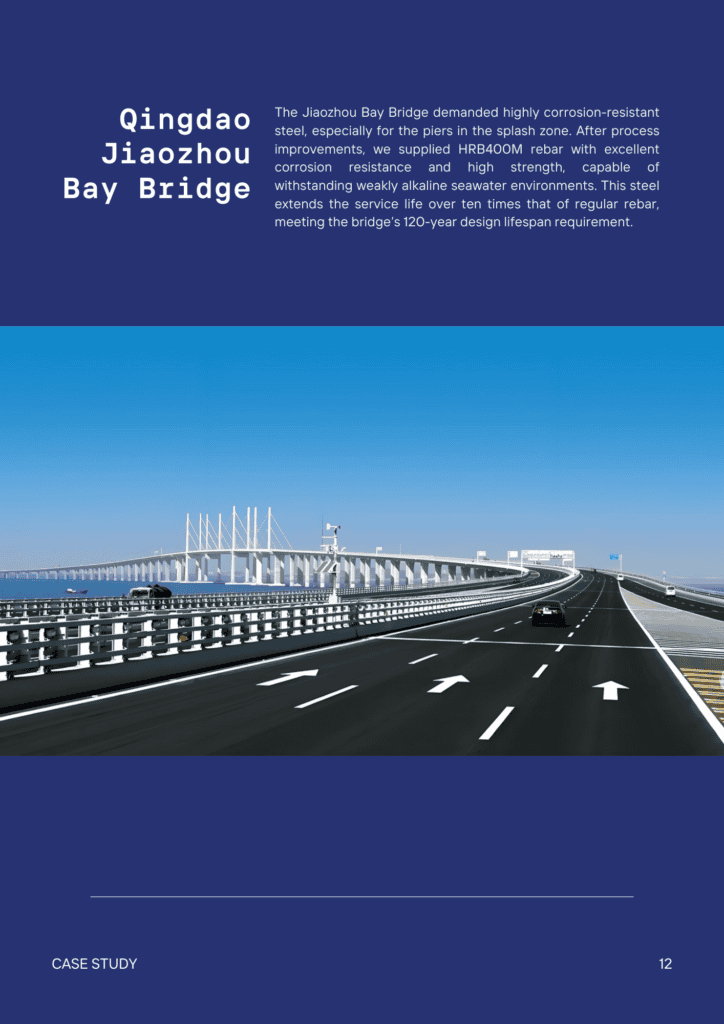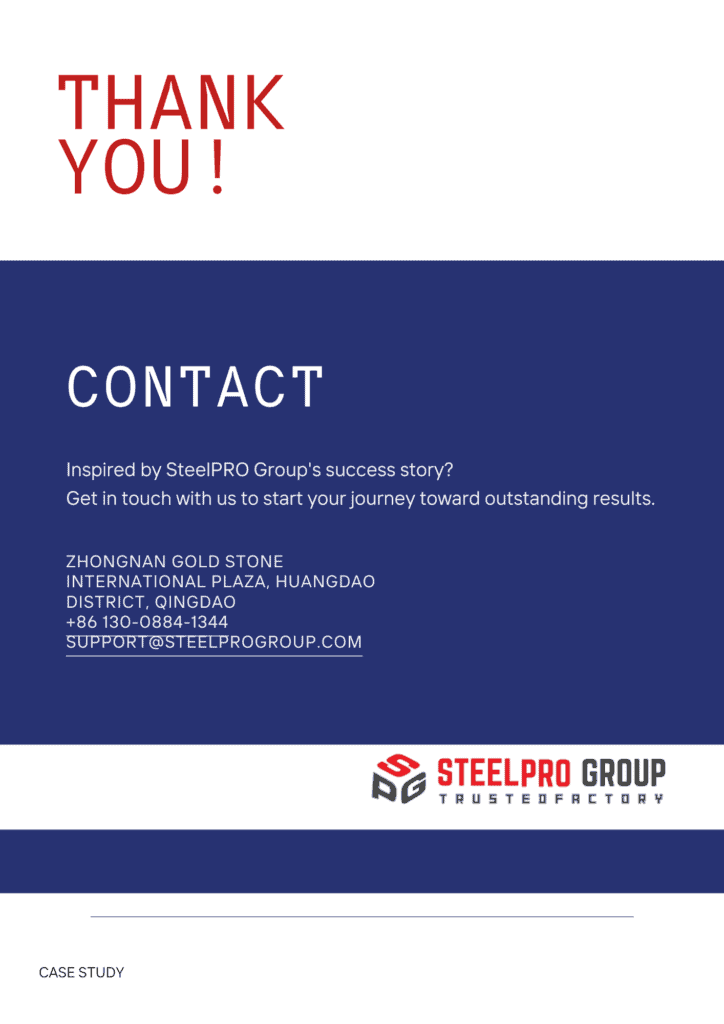Contents
AerMet 100 Steel AMS 6532 | UNS K92580: Properties, Processes
- John

In high-performance steels, few materials strike the balance of raw power and precision engineering like AerMet® 100 Steel.
This article dives into the science, applications, and unique advantages of AerMet 100 steel, revealing why it outperforms conventional alloys in high-stress environments.
What Is AerMet 100 Steel?
AerMet 100 Steel is an ultra-high-strength alloy designed for extreme mechanical stress. Its cobalt, nickel, chromium, molybdenum, and carbon composition creates a durable microstructure that performs well under dynamic loads. The alloy provides excellent hardness, tensile strength, and fracture toughness. It also retains ductility and resists stress corrosion cracking. With reliable performance up to 800°F (427°C), AerMet 100 is used in aerospace landing gear, armor systems, and critical drive components. The alloy requires no preheating for welding but needs protection in humid conditions due to limited corrosion resistance.
- AerMet is a registered trademark of Carpenter Technology Corporation.
AerMet 100 Steel Specifications
AerMet 100 steel meets rigorous industry standards, ensuring compliance and reliability.
- AMS 6478
- AMS 6532
- McDonnell Douglas MMS 217
- MIL HDBK-5
AerMet 100 Steel Equivalent Grade:
- UNS K92580
AerMet 100 Steel Chemical Composition
| Element | Content |
| Carbon (C) | 0.21~0.25 |
| Silicon (Si) | ≤0.15 |
| Manganese (Mn) | ≤0.10 |
| Phosphorus (P) | ≤0.008 |
| Sulfur (S) | ≤0.005 |
| Chromium (Cr) | 2.9~3.3 |
| Nickel (Ni) | 11~12 |
| Molybdenum (Mo) | 1.1~1.3 |
| Nitrogen (N) | ≤0.0015 |
| Titanium (Ti) | ≤0.015 |
| Cobalt (Co) | 13~14 |
| Aluminum (Al) | ≤0.015 |
| Oxygen (O) | ≤0.002 |
AerMet 100 Steel Mechanical Properties (After Heat Treatment)
| Property | Longitudinal Value | Transverse Value |
| Yield Strength (0.2% offset) | 1720 MPa (250 ksi) | 1720 MPa (250 ksi) |
| Tensile Strength | 1960 MPa (285 ksi) | 1960 MPa (285 ksi) |
| Elongation (%) | 14% | 13% |
| Reduction of Area (%) | 65% | 55% |
| Charpy V-Notch Impact Energy | 41 J (30 ft-lb) | 34 J (25 ft-lb) |
| Fracture Toughness (K<sub>IC</sub>) | 126 MPa√m (115 ksi√in) | 110 MPa√m (100 ksi√in) |
Temperature-Related Properties
- High-Temperature Performance
AerMet 100 maintains stability up to 427°C (800°F), but its tensile strength gradually decreases with increasing temperature. For example, at 260°C (500°F), the tensile strength is approximately 1650 MPa (240 ksi).
- Low-Temperature Impact Toughness
Even at -73°C (-100°F), AerMet 100 retains a high impact energy, approximately 41 J (30 ft-lb), demonstrating its excellent low-temperature toughness.
AerMet 100 Steel Physical Properties
| Property | Metric Value | Imperial Value |
| Density | 7.89 g/cm³ | 0.285 lb/in³ |
| Modulus of Elasticity | 194.5 GPa | 28.2×10³ ksi |
| Resistivity (21°C/70°F) | – | 259 ohm-cir-mil/ft |
| Critical Temperature (AC₁/AC₃) | 574°C / 829°C | 1065°F / 1525°F |
| Coefficient of Thermal Expansion(315.56°C/600°F) | 10.82×10⁻⁶ m/m/°C (Annealed) | 6.01×10⁻⁶ in/in/°F (Annealed) |
| 10.94×10⁻⁶ m/m/°C (Heat Treated) | 6.08×10⁻⁶ in/in/°F (Heat Treated) |
AerMet 100 Steel Products Specification
| Product Form | Dimension | Metric Units | Imperial Units |
| Round Bars | Diameter | 12.7 mm ~ 305 mm | 0.5 in ~ 12 in |
| Plate | Thickness | 6.35 mm ~ 101.6 mm | 0.25 in ~ 4 in |
| Width | 101.6 mm ~ 1219 mm | 4 in ~ 48 in | |
| Length | 305 mm ~ 6096 mm | 12 in ~ 240 in | |
| Sheet | Thickness | 6.35 mm ~ 19.05 mm | 0.25 in ~ 0.75 in |
| Width | 101.6 mm ~ 1219 mm | 4 in ~ 48 in | |
| Length | 305 mm ~ 6096 mm | 12 in ~ 240 in |
AerMet 100 Steel Applications
- Aerospace: Landing gear, jet engine shafts
- Defense: Armor, ballistic components
- Energy: Drive shafts
- Industrial: Structural tubing
- Transportation: Structural members
AerMet 100 Steel Heat Treatment
Key Steps Overview
| Stage | Key Parameters | Purpose |
| Solution Treatment | 885°C ±14°C for 1 hour (1625°F ±25°F) | Dissolve carbides, homogenize microstructure. |
| Quenching | Air/oil cool to 66°C (150°F) within 1–2 hours | Lock in martensitic structure. |
| Cold Treatment | -73°C for 1 hour (-100°F) | Enhance toughness by reducing retained austenite. |
| Aging | 482°C ±6°C for 5 hours (900°F ±10°F) | Precipitate secondary phases to optimize strength and ductility. |
1. Normalizing
AerMet 100 steel is normalized by heating it to 1650°F (899°C) for one hour, then allowing it to air-cool to room temperature. This helps restore properties in areas affected by forging. For better machinability, a 16-hour anneal at 1250°F (677°C) is recommended after normalizing.
2. Solution Treatment
AerMet 100 undergoes solution treatment by heating it to 1625°F ±25°F (885°C ±14°C) for 1 hour in a neutral atmosphere (vacuum, salt bath, or inert gas) to prevent decarburization. After heating, the alloy is air-cooled to 150°F (66°C) within 1–2 hours. Thicker sections (>2″ diameter or 1″ thick plate) must be oil-quenched to meet cooling targets. This process dissolves carbides and prepares the material for martensitic transformation.
3. Cold Treatment (Cryogenic Cooling)
After solution treatment, AerMet 100 should be cooled to -100°F (-73°C) for at least one hour. This step ensures complete martensitic transformation and eliminates retained austenite, boosting toughness. If skipped, toughness is reduced by about 15%. Skipping cold treatment requires double aging at 900°F (482°C) for 5 hours twice to compensate for the loss in toughness.
4. Aging Treatment (Precipitation Hardening)
Aging involves heating AerMet 100 to 900°F ±10°F (482°C ±6°C) for 5 hours, followed by air cooling. This process forms fine precipitates that increase strength while maintaining ductility. Aging temperature adjustments can vary based on requirements:
- At 875°F (468°C) for 5 hours, hardness reaches 54.5–55.5 HRC, but toughness decreases.
- At 925°F (496°C) for 5 hours, hardness lowers to 51.0–52.5 HRC, improving ductility.
5. Annealing
To soften the material for machining or recovery after forging, AerMet 100 can be annealed at 1250°F (677°C) for 16 hours. This yields a hardness of ≤40 HRC, making it easier to machine.
6. Straightening
AerMet 100 experiences minimal size changes during heat treatment. However, some parts may need mechanical straightening to fix distortion. Straightening should be done after aging but before final machining. To ensure optimal results, perform a low-temperature stress relief at 350–400°F (177–204°C) for 5 hours before straightening.
Decarburization Risk
AerMet 100 is prone to decarburization, which occurs when carbon is lost from the surface during heat treatment. To minimize this risk, heat treatment should be conducted in a neutral atmosphere furnace, salt bath, or vacuum. Decarburization can be detected by comparing surface and core hardness, ensuring the difference (ΔHRC) does not exceed 2.
Post-Processing Considerations
After machining, a stress relief at 800°F (427°C) for 1–3 hours can be applied to reduce residual stresses without compromising strength. This step helps improve the material’s performance in final applications.
AerMet 100 Steel Processing
Forging
AerMet 100 steel should be forged at an initial temperature of ≤2250°F (1232°C), with a final forging temperature of ≤1650°F (899°C). After forging, the material should undergo annealing and normalizing to restore its properties and ensure optimal performance during subsequent processing.
Machining
AerMet 100 is more challenging to machine than 4340 steel at HRC 38. To achieve the best results, carbide tools are recommended. The cutting speed should range from 280 to 350 SFM. After rough machining, it is essential to perform stress relief at 800°F (427°C) for 1–3 hours to reduce residual stresses and improve material stability for further machining.
Source Certified AerMet 100 Steel
At SteelPro Group, we specialize in delivering aerospace-grade AerMet 100 that meets global defense certifications, ensuring every batch aligns with the rigorous demands. Our supply chain is fully integrated, allowing complete traceability from raw material to finished product.
Do not let material limits affect your project. Work with SteelPro Group to source AerMet 100—consistent and ready to perform.




